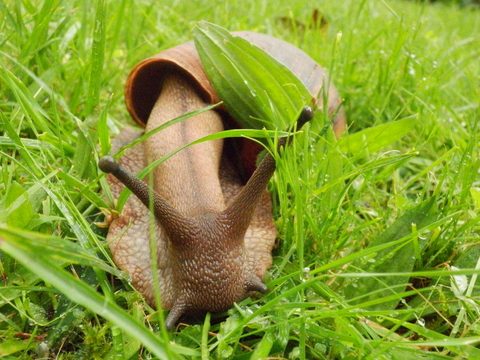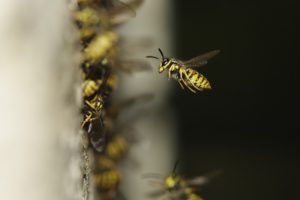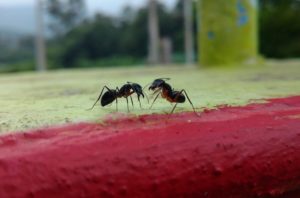The world is home to countless insects and rodents, each native to their own corner of the globe. Here in the UK, we have only seen a small slice of the type of insects out there, destined to elevate our fear levels and wreak havoc on our pastures.
Peeking outside Great Britain’s borders though is a whole other world, where invasive and, in some cases, giant pests roam the land while seeking out cosy corners of vegetation to create their nests. Ok, so perhaps a tad dramatic, but after seeing the (not so) gentle giants listed below, you’ll be glad you called www.empirepestcontrol.co.uk after all.
Rats
Over the years, there have been numerous reported sightings of giant or, as dubbed by the media; ‘mutant’ rats. Lively cities, in particular, such as London; where no street is without an on-foot occupant. There have been articles detailing people’s horrific encounters with these rats, after being cornered and struck with fear, but how dangerous are they?
Well, as we all know, rats can carry diseases and parasites, which then transfer to humans. This isn’t the only danger though, as you can imagine because rats this size are likely to pack a nasty bite too, which, of course, rings alarm bells in terms of infection.
However, it isn’t just humans that are at risk of giant rats, as our pets are just as susceptible – if not more so. So, if you happen to spot a rat that looks as though it’s outgrown its whiskers; call a specialist.
Bees
Usually cited as harmless, bees are very much the BFGs of the insect world. Tending to mind their own business unless threatened, they go about their day-to-day pollen travels without a care in the world. So it’s hard to imagine a species of bee nicknamed ‘killer bee’ – for all the right reasons.
Don’t jump ahead so fast though, as Africanised bees (or killer bees) are just as terrifying as their name suggests. Not only is their size enough to get our hearts racing, but certain variations are known to be highly defensive when it comes to protecting their nest, not to mention more likely to swarm in comparison to other breeds.
The species itself is a hybrid of several European bees, as we may know them and a honey bee native to Southern Africa.
So, what gives these bees a high fear factor?
Well, according to Wikipedia, an average of two people per year are thought to be killed by Africanised bee stings, and there have been many reports in the media regarding swarms too. Plus, though they were introduced first in Brazil, they have a tendency to migrate if their food supply is extremely low in comparison to other species. This may lead people to presume they could be coming here for good.
Snails
Unlike the two giant pests above, the Giant African Snail won’t cause direct physical harm to humans, such as a scratch, bite or sting. However, even this doesn’t make them any less of a dreaded pest, especially when it comes to our ecosystem.
Despite the fact they make a habit of feasting on decomposing crops and vegetation, this doesn’t stop them attacking fresh produce, which can be extremely detrimental to farmland and the like. They have been known to engulf cocoa, sweet potato and much more in the past, and they aren’t the easiest pest to get rid of or stop spreading via crates and such either.
Thought to be found in West Africa, these snails are not a force to be reckoned with, and that’s not just because of their gigantic nature.
So, after seeing these giant pests from around the world, don’t forget to pop up your mosquito nets, close your windows at night and keep the number of a pest control expert close-by this summer!






